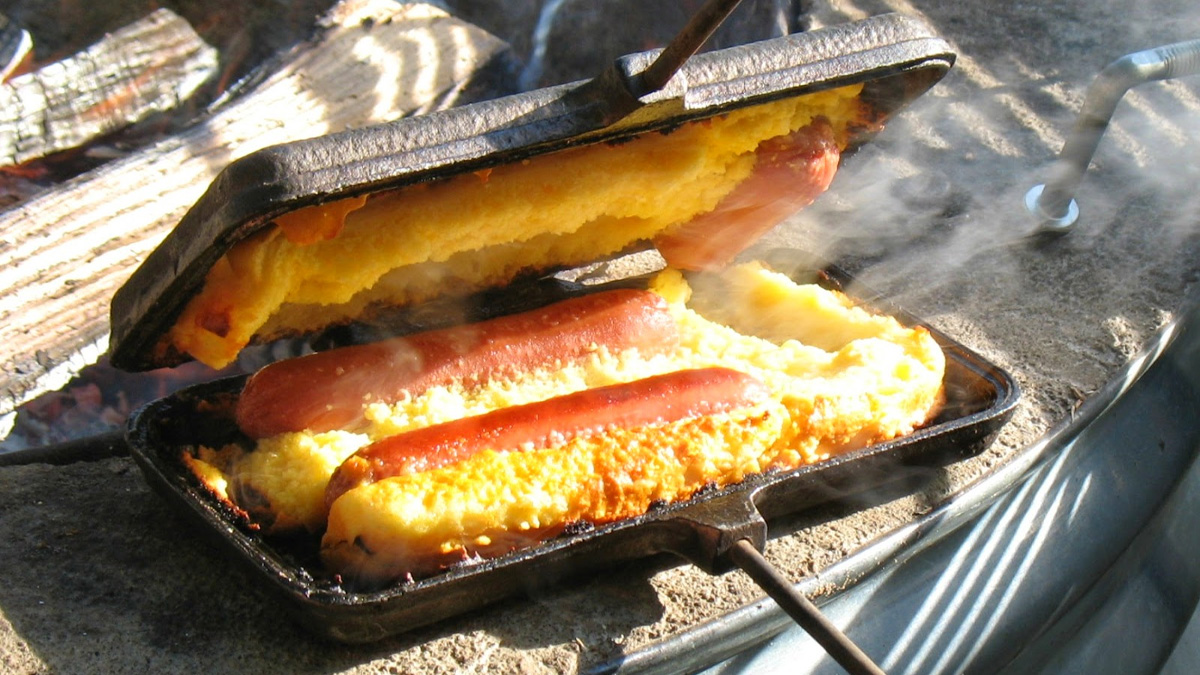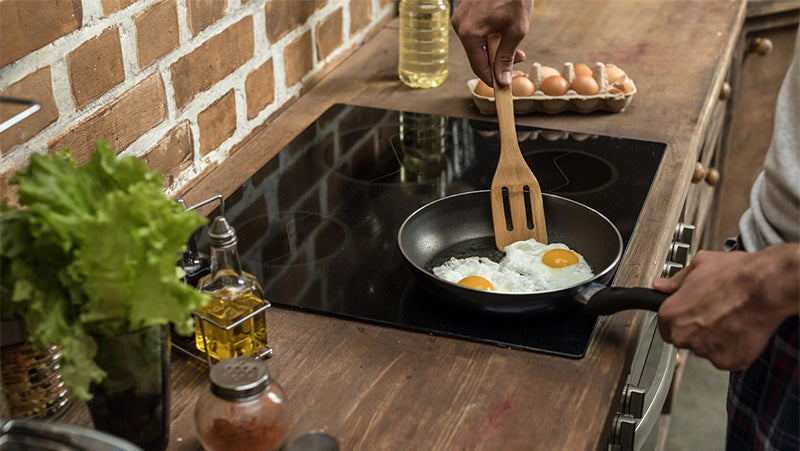In the world of culinary delights, the right tools can make all the difference in elevating the dining experience. Among these essential tools are the Takoyaki pan and the Aebleskiver pan. For professional chefs and home cooks alike, understanding Takoyaki Pan vs Aebleskiver Pan: What's the Real Difference can guide better kitchen decisions. As we dive into this comparison, we'll uncover their unique features, benefits, and best uses.

Origins and Cultural Significance
Takoyaki, originating from Japan, is a popular street food made of wheat flour-battered balls filled with diced octopus, tempura scraps, pickled ginger, and green onions. On the other hand, Aebleskiver comes from Denmark and traditionally involves spherical pancakes often enjoyed as dessert, usually spiced with cardamom and accompanied by jam or sugar.
Unique Design and Features
The design of both pans plays a crucial role in their specific cooking functions. A Takoyaki pan typically offers smaller, deeper wells, which are perfect for creating the iconic compact and evenly cooked Takoyaki balls. In contrast, the Aebleskiver pan often features larger, shallower wells suited for forming the light and fluffy Danish pancakes.
For more insights on baking stone materials, you can visit baking stone materials.
Material Considerations
Both pans are traditionally made from cast iron, which provides excellent heat retention and even distribution, crucial for achieving the perfect cook on both Takoyaki and Aebleskiver. However, modern adaptations include non-stick or aluminum versions for easier maintenance.
If you're interested in learning about different materials in kitchenware, check this guide on baking stone materials.
Cooking Techniques and Personal Prowess
The mastery of using these pans extends beyond understanding their physical differences. The skill and techniques involved are pivotal for achieving perfection. For Takoyaki, the skill lies in the rapid eye-hand coordination needed to turn half-cooked balls to form a complete sphere seamlessly. Conversely, with Aebleskivers, its about achieving the perfect golden-brown crust while maintaining a pillowy interior.
What's the difference between these pans can provide helpful insights for culinary enthusiasts.
Applications Beyond Traditional Recipes
While these pans have their traditional uses, versatile chefs have been exploring innovative ways to utilize them. For instance, experimenting with stuffed burgers can be an interesting twist using a similar technique in Aebleskiver pans. Check out some stuffed burger recipes for ideas.
The Aesthetic and Culinary Appeal
Lastly, presentation matters just as much as taste. Both the Takoyaki and Aebleskiver boast appealing shapes that intrigue diners. Their uniformity and distinct patterns can serve as a signature touch to any chefs repertoire.
If you're looking for alternative kitchen tools, the comparison between Pie Iron vs. Sandwich Press might interest you.

FAQ
What is the main difference between Takoyaki and Aebleskiver?
The primary difference lies in their origin and what they are traditionally used forTakoyaki being a savory Japanese snack, while Aebleskiver is a sweet Danish dessert.
Are these pans only suited for their respective cuisines?
No, both can be used creatively for various culinary experiments beyond their traditional recipes.
Which pan is easier for beginners?
An Aebleskiver pan might be easier for beginners due to its less demanding technique compared to the swift manipulation required for traditional Takoyaki.
This article contains affiliate links. We may earn a commission at no extra cost to you.





Leave a comment
This site is protected by hCaptcha and the hCaptcha Privacy Policy and Terms of Service apply.